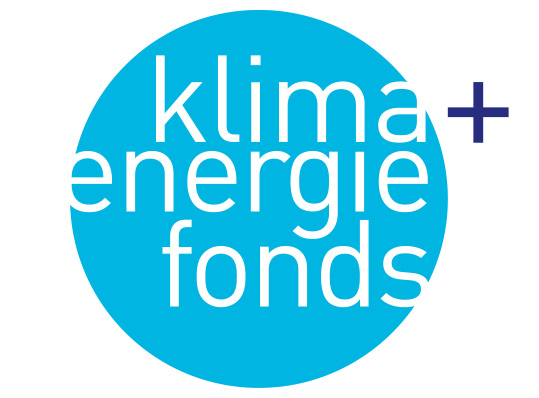The decarbonisation of the energy system provides opportunities for the economy and employment
Myth
Ambitious climate protection is a threat to our economy and industry locations.
Facts
Many examples show that reducing GHG emissions and a positive economic development go hand in hand. For instance Sweden has reduced GHG emissions by 21% since the year 2000. In the same period GDP went up by 31%. The global investments in renewable energy are expected to rise from USD 286 billion annually to approx. USD 500 billion in 2020. Their use strengthens regional business sectors and economic performance and reduces the dependency on fossil energy imports.
Climate protection and economic growth are not conflicting goals
Development of GHG emissions and GDP from 2000 to 2014 in selected countries
Austria
Sweden
United Kingdom
Germany
Quelle: Daten Weltbank, Eurostat 2016
Economic success and climate protection can go hand in hand. An analysis of economic indicators shows that many countries with a significant reduction of GHG emissions were able to create more economic growth. With the Paris Agreement coming into force it is clear that pioneer countries on climate protection are no longer alone in fighting climate change. Those countries and regions which are innovators in developing clean energy solutions will gain advantages in the global competition for future energy technologies. Many countries have been able to reach a decoupling of GHG emissions and GDP in the last few years. Though it has to be remembered that GDP covers only one aspect of economic development, it is clear that it is still a central indicator at the political level. Regional factors and differences in the energy mix should also be considered as should the fact that emissions in 2014 were influenced by reduced energy consumption due to a warm winter (e.g. Austria).
The transformation of the energy system is a gigantic investment programme. In 2015, investments in new clean energy capacities were twice as high as those in new coal and natural gas power plants. A further rise in global investments is expected, from USD 286 billion in 2015 to USD 500 billion in 2020 and USD 900 billion in 2030 (IRENA calculation).




